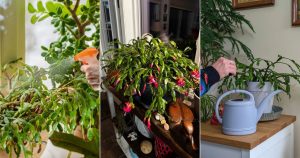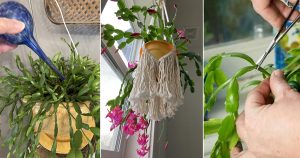Are you dealing with a shy zebra plant that refuses to open up? Here are some easy tips to encourage Haworthia clumping and full growth!
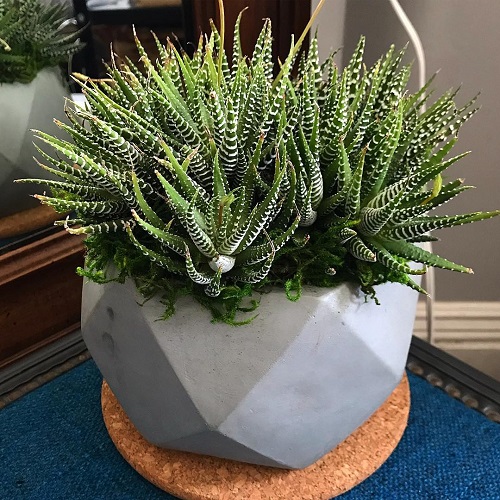
Haworthia is naturally a small succulent, but where it lacks in size, it compensates with its clumping habit, forming rosettes of attractive leaves. If you can’t seem to fill out your plant, this article is for you! Learn the simple tricks to encourage Haworthia clumping and full growth.
10 Ways to Encourage Haworthia Clumping
1. Light it Right
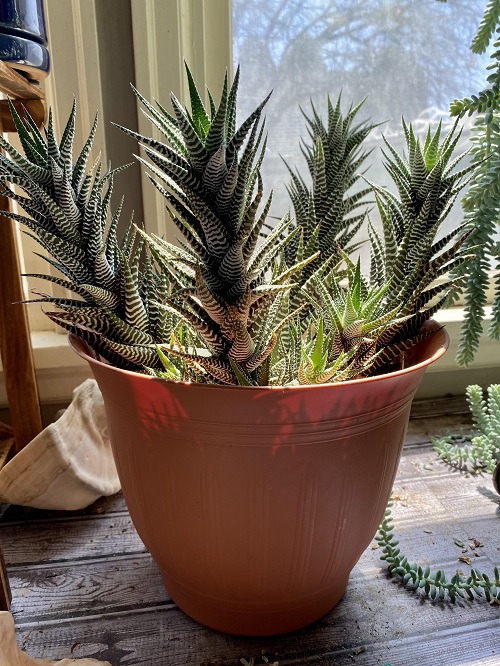
Your Haworthia can survive in low light, but if you want it to grow more pups and fill the pot, it needs bright, indirect sunlight. In the wild, these plants thrive under the strong sun of South Africa. So indoors, aim for a sunny spot like a south-facing window.
Here’s a tiny but useful tip—rotate the pot weekly so all sides get equal light. This prevents it from leaning to one side and encourages even clumping. If the light is too dim, the plant might just sit there looking pretty but won’t do much in terms of growing or offsetting.
2. Just the Right Amount of Water

Watering Haworthia is like threading a needle. Water deeply when the soil is dry, and then leave it alone until it dries out again. During active growth, watering once every 2–3 weeks is usually enough.
And here’s something many people miss—tap water quality matters. If your water is high in minerals, it could be harming the roots. You can use rainwater or filtered water whenever you can to keep the roots healthy and encourage growth.
3. Ditch the Soggy Soil
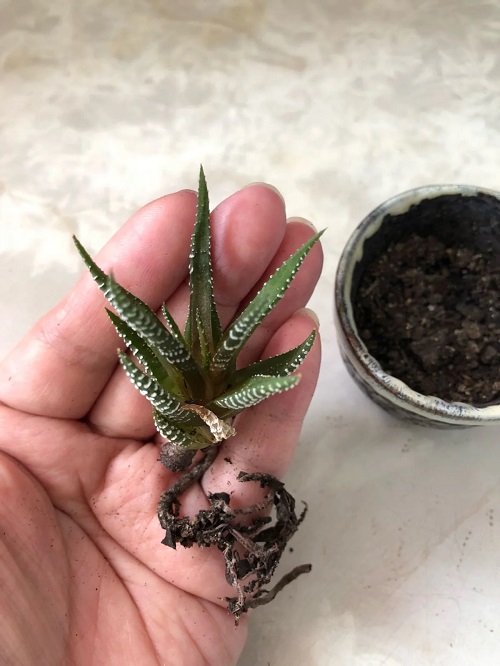
Haworthias have shallow, fine roots that don’t appreciate staying wet for long. If your soil retains too much moisture, it can lead to root rot, fungal infections, and stunted growth. To prevent this, use a well-draining soil mix made of two parts succulent soil, one part perlite, and one part sand.
Adding crushed charcoal or pumice can improve airflow and further protect the roots. Just as important as the soil is the pot—always use containers with proper drainage holes. If excess water can’t escape, your Haworthia’s roots will suffer, and so will its clumping ability.
4. Pot Size Matters
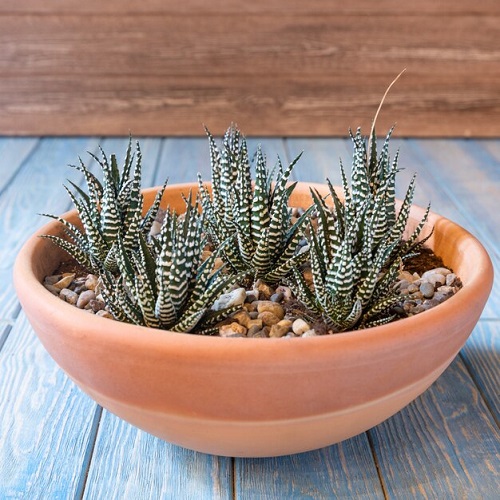
A deep or extra-wide pot isn’t the best for Haworthia. These succulents prefer shallow pots that match the spread of their roots. Too much room can lead to soggy soil or make the plant focus on roots instead of leaves and pups.
You must choose a snug pot—not tight, just cozy. And try to repot every 2–3 years. And when you do, trim any dead roots or dried-out pups so the plant can focus its energy on growing new ones.
5. Fertilizers to the Rescue
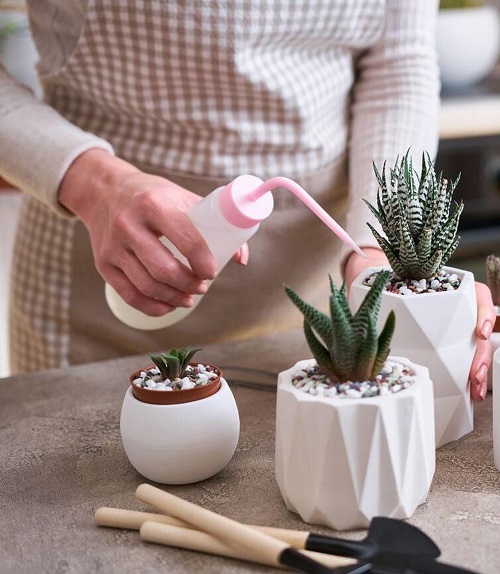
Your Haworthia isn’t a heavy feeder, but a gentle boost can go a long way. You can use a balanced, diluted succulent fertilizer (half strength) once a month during spring and summer.
The key nutrients—nitrogen, phosphorus, and potassium—help it grow strong and healthy. Just don’t go overboard. Over-fertilizing can burn the roots. And remember to skip feeding in fall and winter when the plant goes dormant.
6. Know Your Variety
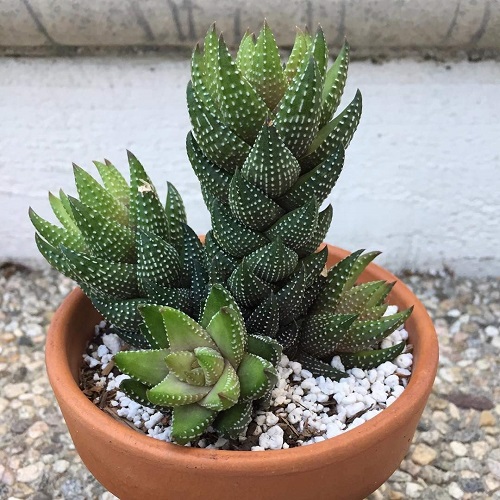
Not all Haworthias grow at the same pace. Some, like H. attenuata or H. reinwardtii, are quick to produce pups. Others take their sweet time. So if everything seems fine but your plant still grows slowly, it might just be the variety.
Also, if you recently repotted or divided it, give it time. Offsets often pause for a bit before they settle in and start growing.
7. Skipping the Dormancy Cues

Haworthia has a natural dormancy phase, usually in the hotter months or during winter, depending on your local climate. If it doesn’t sense these seasonal changes—like reduced watering, less sunlight, or cooler temps—it may get “confused” and pause growth altogether.
You can gently guide it by adjusting light and water as seasons change. Mimicking nature gives the plant a clear rhythm—and it rewards you with healthier, faster clumping once active growth returns.
8. Crowded Roots, No Room to Grow
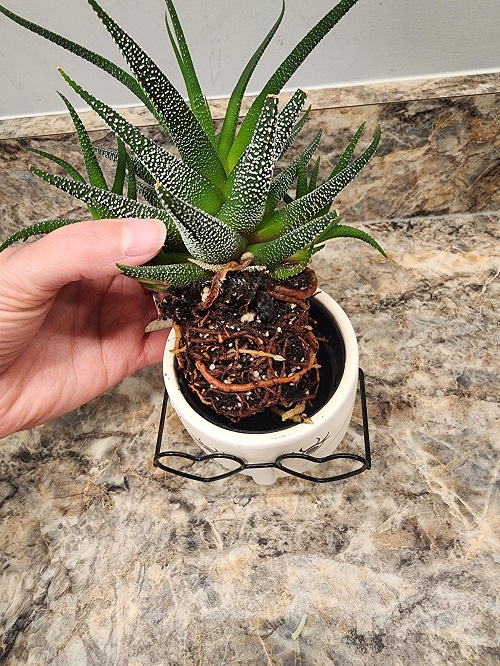
Even if the plant looks fine above the soil, its roots might be a tangled mess below. When roots circle the bottom or push against the pot’s edge, the plant slows down to conserve energy. If it’s been over 2–3 years since you last repotted, check the roots.
Gently loosen the tangled ones and trim any dead growth before replanting. This gives your Haworthia breathing room and encourages it to send out fresh offsets.
9. Ignoring Pests That Hide
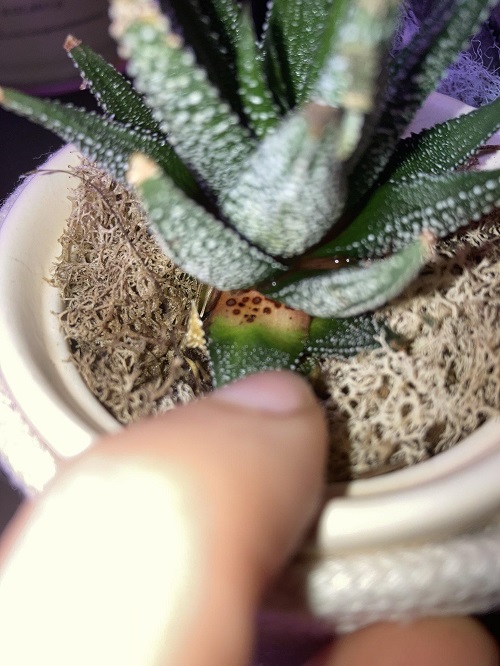
Haworthia may look tough, but pests like mealybugs or spider mites can quietly drain its energy. These bugs often hide between the leaves or at the base, stalling new growth. If your plant isn’t filling out despite good care, inspect it closely.
A cotton swab with rubbing alcohol works well to remove mealybugs. Neem oil spray also helps keep pests in check without stressing the plant. Once pests are gone, you’ll often see a big improvement in clumping.
10. Propagation Trick (Bonus Tip)

If your Haworthia is taking its sweet time, try gently removing and replanting pups into the same pot, spacing them just a little apart. This “relocation nudge” can trigger new roots and encourage faster clumping.
Now that you know the whys and hows of fixing a non-clumping haworthia, try it out yourself and let us know in the comment section how impressed you were!

